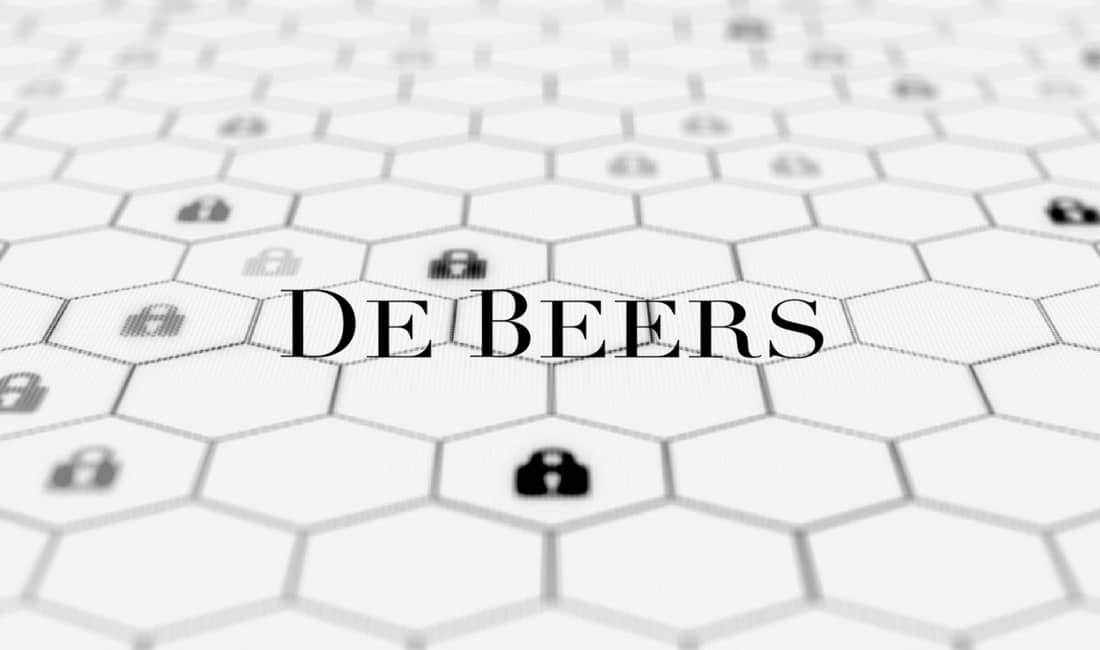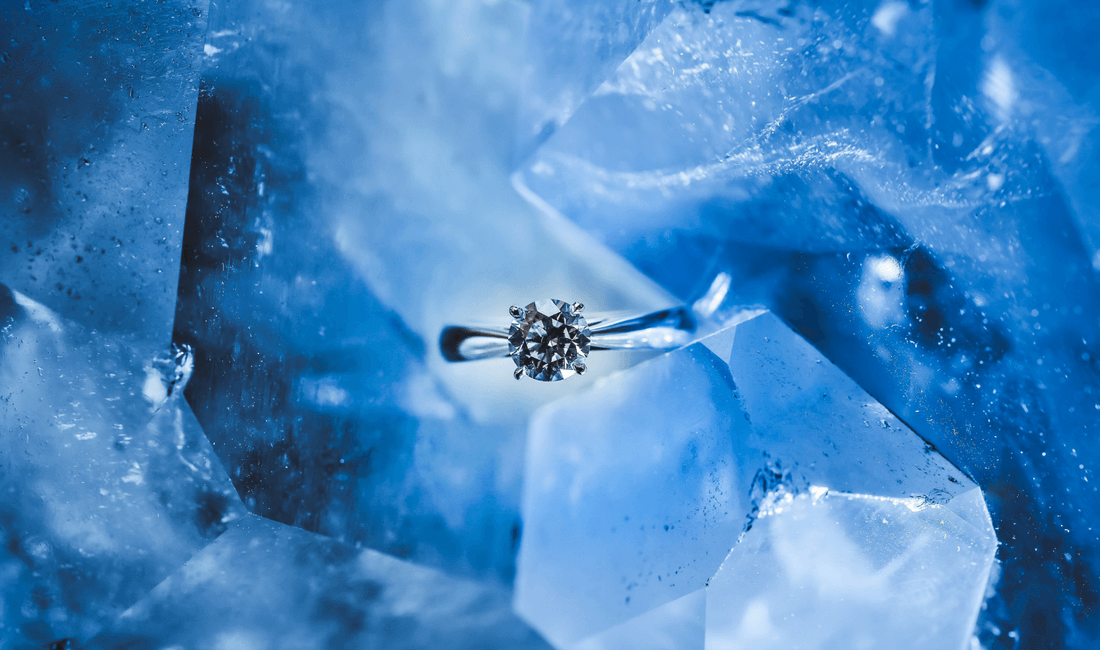The world’s leading diamond producer, De Beers, is using a new blockchain tool for appraising diamonds. By tracking a gem’s journey from mine to sale, blockchain offers customers an unprecedented guarantee that a diamond is pure and ethically sourced. Here’s how blockchain technology is making a controversial industry more transparent and cost-effective.
Problems Within The Diamond Industry
The diamond industry has historically faced mountains of bad press. According to Bloomberg, ‘artisanal mining,’ which is a type of mining subject to fewer regulations, produces 20% of the world’s diamonds today.
This type of mining is notorious for producing blood diamonds, also known as conflict or illegal diamonds. These are diamonds mined in places controlled by rebel forces, meaning people who oppose the government. They’re often mined under terrifying conditions, as dramatized in the Leonardo DiCaprio movie Blood Diamond. The blood diamond controversy reached its peak when a United Nations report, titled the “Fowler Report,” connected De Beers Consolidated Mines to Sierra Leone’s bloody civil war.
The public backlash against De Beers for selling blood diamonds from a war-torn region has been long-lasting. Since then, the company has become an advocate for cracking down on the illegal diamond trade. Conveniently, De Beers’ work restricting black market diamonds also keeps less established companies from dominating the diamond market according to the New York Times.
Another one of the problems within the diamond industry is guaranteeing a gem’s purity. Anyone buying a diamond wants a guarantee that what they’re buying is worth the price tag. Traditionally, that has meant getting a diamond third-party certified. And as lab-grown diamonds become a reality, the threat of illegal diamonds is increasing. Flooding the market with ‘unnatural’ diamonds would decrease the value of existing diamonds, and upset the whole market.
Blockchain Can Guarantee A Diamond’s Origin

There is no better way to guarantee that a stone is real and conflict-free than blockchain. A digital leger that doesn’t exist on a single server, Blockchain offers an unalterable and efficient way to track diamonds.
A Tracr spokesperson explained in an email that consumer confidence isn’t the only advantage to blockchain for diamonds. “A comprehensive, end-to-end blockchain platform that we are designing in collaboration with industry stakeholders, will also increase efficiencies along the value chain, offer a greater visibility to the lenders to the industry and enhance trust within the industry itself,” they wrote.
In January, De Beers introduced a new blockchain tool for appraising diamonds called Tracr. This platform keeps a permanent and secure record of a diamond’s journey from mine to sale.
Tracr, which premiered in May, will eventually become an open platform for the entire industry. For now, Tracr confirmed that Signet Jewelers, the largest diamond jewelry retailer in the world, and five leading global diamond manufacturers are part of their pilot program.
How to Use Blockchain to Track Diamonds
De Beers’ blockchain tool works for the same reason why blockchain technology is increasingly popular across myriad industries, like dating. That is, it can provide a public, permanent and time-stamped record of just about anything.
In Tracr, every new diamond receives an identification number. The qualities that determine a diamond’s value, notably color, clarity, and cut, as well as where the diamond comes from, will automatically link to that ID.
Though the leger is public, Tracr guarantees that information like who bought a diamond and for how much will be kept private through encryption.
Additionally, tracking diamonds with blockchain technology is more cost-effective than old-fashioned record keeping. And from a diamond retailer’s perspective, having the ability to guarantee a diamond’s worth is good for business. At one point, De Beers could not sell diamonds under its company name in the United States due to charges of price fixing.
De Beers Is Already Tracking Diamonds Using Blockchain

In May, the diamond producer announced that it tracked 100 gems using its new blockchain tool. In the first run of the program, De Beers recorded these high-value diamonds’ journey from the mine through the cutting and polishing stages, and ultimately to retail.
The program is small relative to the company’s $5.8 billion in revenue, according to their own records. However, De Beers plans on expanding the program by the end of 2018. They also have big plans for the industry as a whole.
“Our vision is to create a digital ecosystem that would become ‘a single source of truth’ for the diamond industry and could be used by developers to build consumer-facing applications on top of it,” added the spokesperson.
This blockchain tool for appraising diamonds tells us that blockchain no longer inhabits an unknown corner of the web. Instead, it’s a game-changing tool for multi-billion dollar industries.

